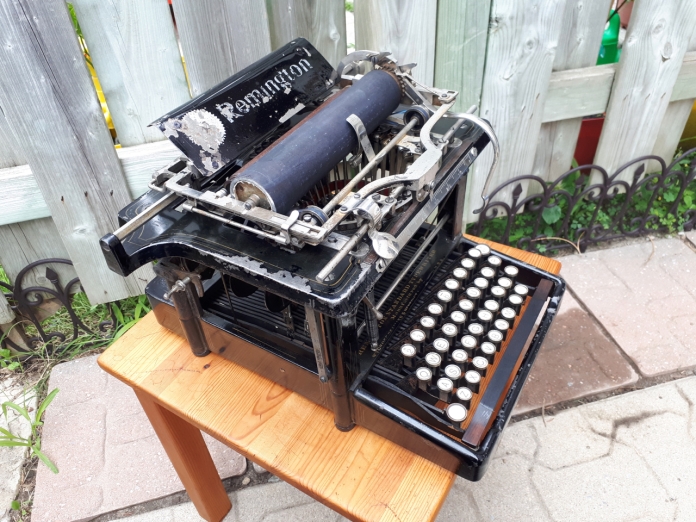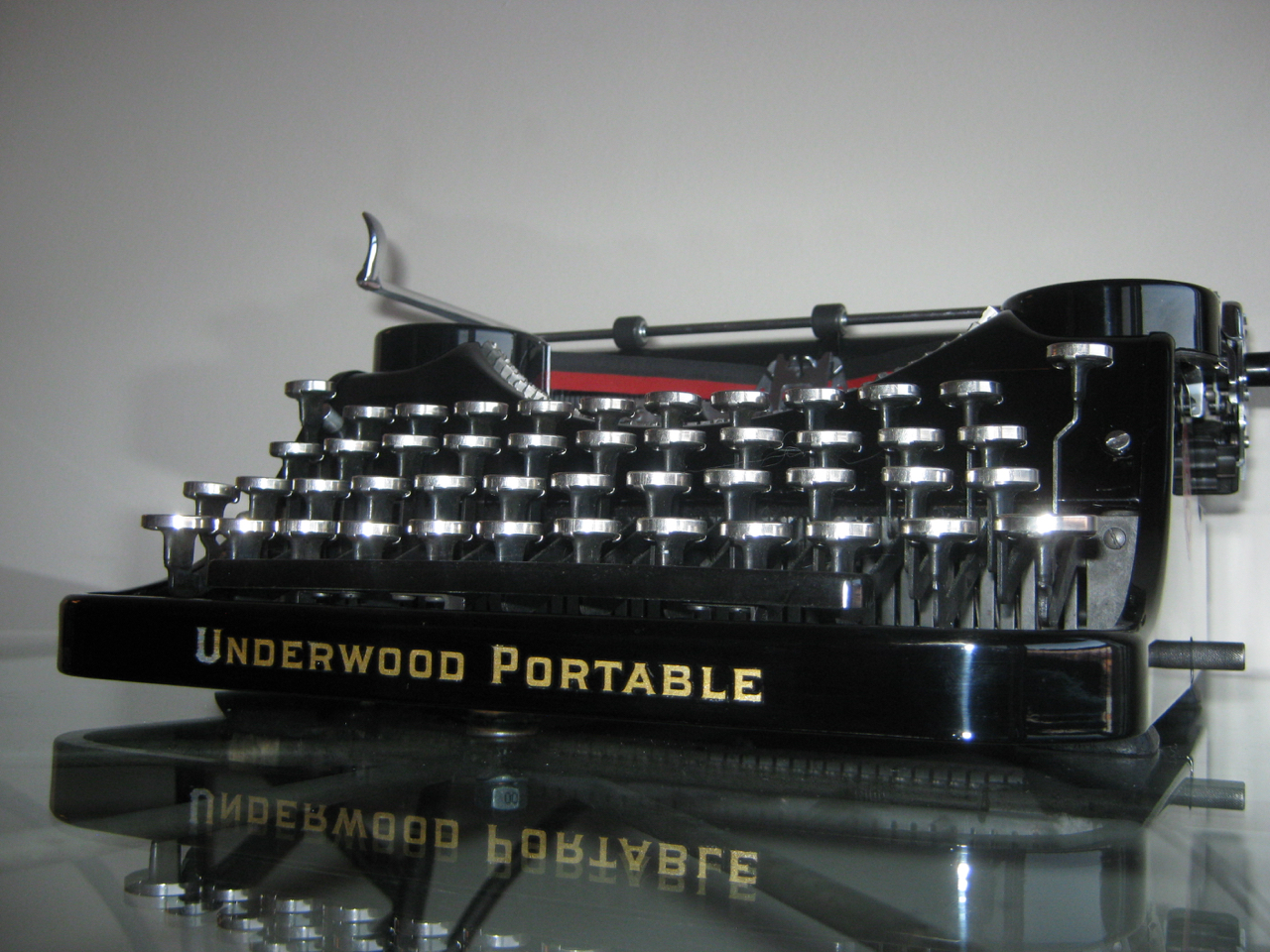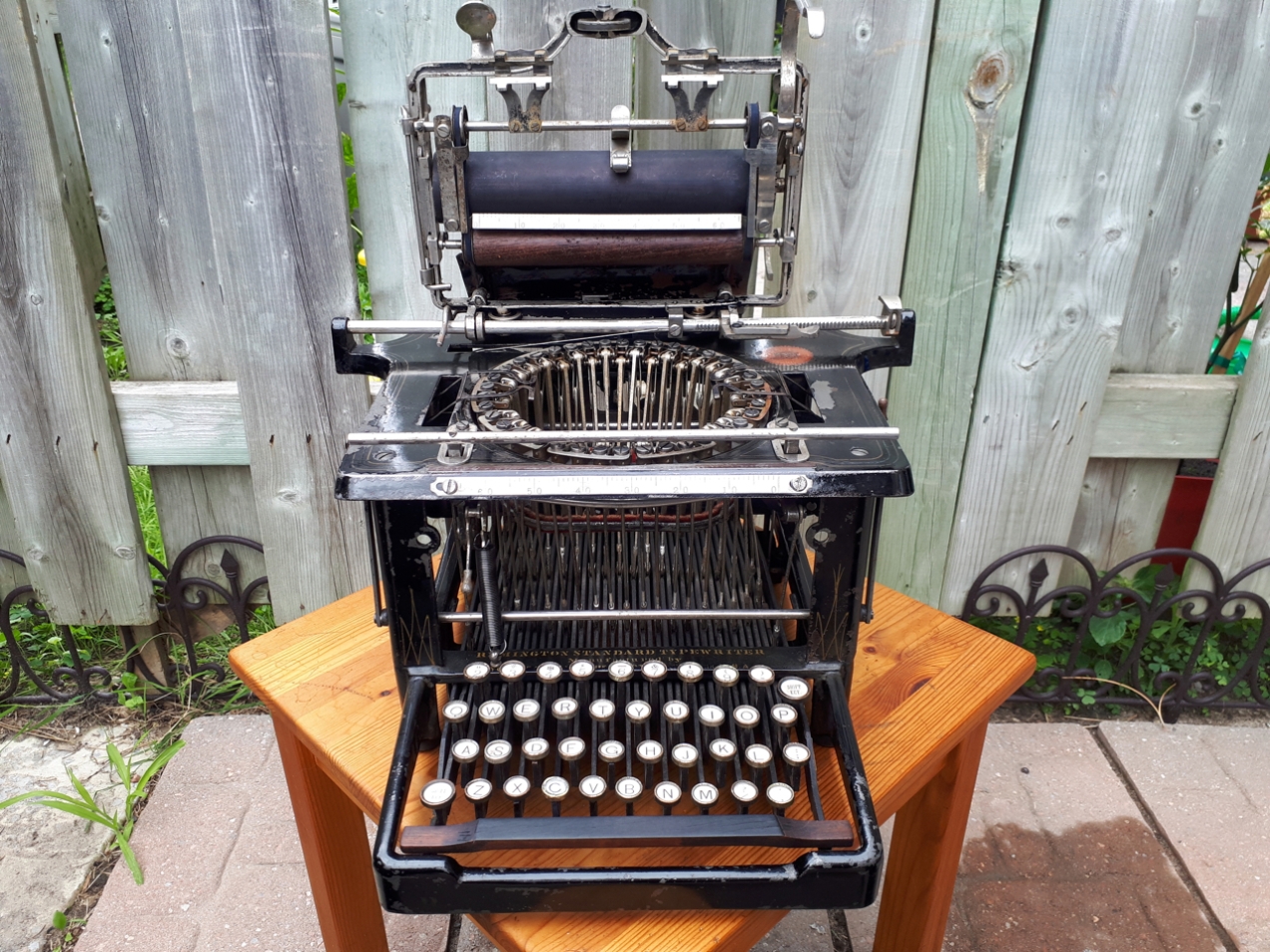On a pleasant summer’s day in 2016, a Remington Standard 2 typewriter from 1886 was found amidst rubble, dirt, bird droppings and creaking ‘silence’ of a barn in southeastern Ontario, Canada. Restoring it would turn out to take a year…but holding something in my hands that once conveyed Victorian-era words of persons long since passed on, made me feel I was reverently shaking hands with history.
The sights, sounds, and smells (yes, smells) of the typewriter have always beckoned interest. Arguably, a writer’s first draft never flows better – a pleasant (re)discovery for many writers in the digital era. Yet, beyond even that, there is something further to the wide appeal of this great machine that calls to so many. I’ll leave discerning whatever that is to you.
I am not a believer in the casual DIY restoration for machines. I have done many restorations of typewriters, and I have always tried to use correct techniques advocated in the service manuals, and blueprints of those bygone eras, in tandem with approaches observed and discussed with research experts, and a (semi)retired typewriter repairman friend. Tackling the restoration of what otherwise might have been dismissed as a ruined metal hulk, is something I take seriously, and joyously. Sometimes, however, you just have to figure things out for yourself – and this 131 year old piece of industrial revolution machinery would prove to require some…well, frankly, ‘MacGyver-ing’ to restore.

The Process…
The first thing I usually do when restoring a typewriter is identify delicate, about-to-break or fall off parts, before proceeding with the coarse debris and dust removal. This of course is not a casual process, as I need be cautious to not dislodge loose parts, springs, or antique fasteners.
Once I have air dusted, I usually take a series of high-resolution photos of every conceivable angle outside in natural light. This particularly true if I am planning a disassembly in order to clean, repair, and (if necessary) replace broken parts. Typewriters are notoriously complex machines with many (many, many) intricate, unique and often minuscule, proprietary parts. So, it is an absolute certainty, that I will be referencing those same photos later in re-assembly. They are more often than Continue reading

